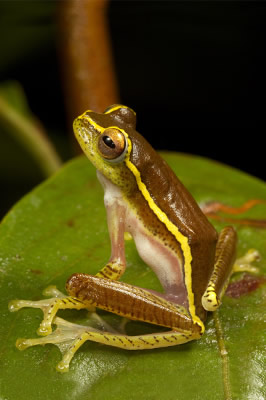Faculty

Deepa Agashe: My lab works with insects and bacterial systems to understand the genetic and phenotypic basis of adaptation to new habitats and new resources. We often use experimental evolution as a tool in the lab, but are also beginning to explore natural populations
P. Balaram: My group works in the following areas: (a) peptide design and conformational analysis, (b) peptide natural products: Conus peptides and fungal peptides, (c) mass spectrometry of proteins and peptides, (d) studies on triosephosphate isomerase (TIM) from Plasmodium falciparum, and (d) computational analysis on protein structures.
Reneé Borges: My lab is interested in the evolutionary ecology of species interactions. We investigate the sensory biology of these interactions, especially their chemical and visual ecology. We integrate behavioural ecology at the organism level with mechanisms influencing such behaviour. Our major current interaction systems are: figs and fig wasps, ant–plant mutualisms, fungus-growing termites and pollination systems in the Western Ghats. We are engaged in fundamental research which can have valuable practical applications.
Axel Brockmann: I am interested in the mechanisms of animal behavior. Honeybees provide the opportunity to study mechanisms of behavior at the level of the individual and the level of the social organization. Moreover, honeybees are one of the few animal model systems to study the interaction between individual behavior and social organization. We are able to manipulate the social structure and analyze its effects on the individual’s behavior, brain physiology, and brain gene regulation.
Krushnamegh Kunte: Our lab consists of evolutionary biologists who study biodiversity, its complexity and interactions at various organizational levels, the selective processes that shape them, and the means to preserve biodiversity in tropical regions. We especially focus on speciation and morphological diversification, and biology and conservation of Indian butterflies.
Shannon Olsson: The NICE Lab (Naturalist-Inspired Chemical Ecology) uses chemoecological techniques to understand how insects make decisions in complex natural environments.
Uma Ramakrishnan: My laboratory studies biogeography and the evolutionary origins of Indian birds and mammals, population genetics in the context of landscape connectivity, and mating systems in mammals. In connection to mating systems, we are now trying to use chemical perspectives to understand whether female black bucks are attracted to males based on chemical cues.
Mani Ramaswami: A major focus in Neuroscience is to decipher molecular cellular and circuit mechanisms that enable neural operations. We predominantly study: (1) how brains learn to recognize and ignore familiar patterns of stimulation; and (2) how local regulation of synaptic mRNA translation occurs and contributes to long-term learning of familiar stimuli.
Sanjay Sane: My laboratory combines the input from physics, engineering, biomechanics, neurobiology, muscle mechanics and behavioural biology to address diverse flight-related phenomena in insects.
Mahesh Sankaran: Our research group examines how interactions and feedbacks between climate, biogeochemistry, fires and herbivory influence the structure, composition and stability of ecosystems and the cycling and sequestration of nutrients.
Radhika Venkatesan: Our team aims to understand plant responses to insects, microbes and the environment focussing on the regulation of plant defences by phytohormonal networks





